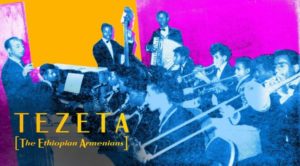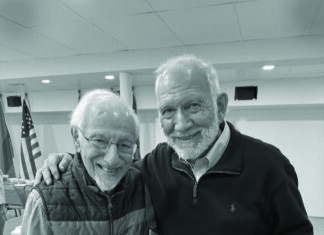 Filmmaker Aramazt Kalayjian Brings ‘Tezeta’ to Life
Filmmaker Aramazt Kalayjian Brings ‘Tezeta’ to Life
By Gabriella Gage
Mirror-Spectator Staff
WATERTOWN — Tezeta is a word of great significance in Ethiopia. In Amharic (Semetic language spoken in Ethiopia), it means memory, nostalgia or longing. It is also the name of a type of Ethiopian jazz and the ballads in that style that have been sung by countless Ethiopian singers. More recently, it has served at the linguistic inspiration for “Tezeta [The Ethiopian Armenians,]” a documentary by Armenian-American filmmaker, Aramazt Kalayjian.
The film, currently in production, explores the historic connection between Armenians and Ethiopians, with music serving as the main cultural bridge between the communities. Through the film, its creators hope to preserve the culture legacy of the small, relatively unheard of Armenian community in Ethiopia. “From 40 Armenian orphans adopted by Emperor Haile Selassie after the Genocide to perform as the first imperial orchestra of Ethiopia in 1924, to Alemayhu Eshete, the ‘Elvis’ of Ethiopia, Armenians have left their imprint on the cultural and musical landscape of Ethiopian society,” said, Kalayjian, creator and director of the project.
Kalayjian explained, “I chose [Tezeta] as the title for our documentary because of its connection to the music as well as the implied sentiment. ‘tezeta,’ memory, nostalgia, these are what people describe when thinking about the connection between Armenians and Ethiopians.” He added, “Music has been the main cultural vein by which Armenians were able to sustain a connection and impart their musical craft to Ethiopian society. Through the stories and people I mentioned previously, they were able to elevate the level and quality of music performance, composition and appreciation in Ethiopia.”








